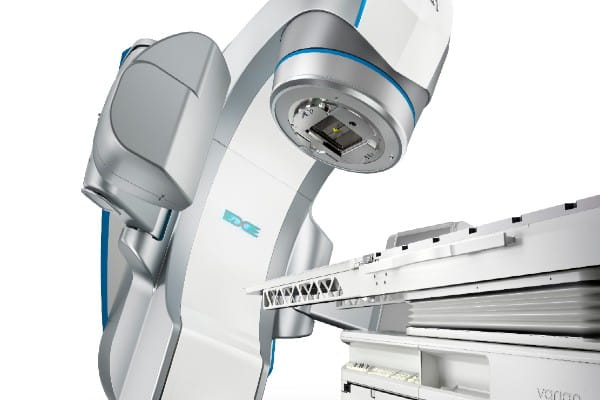Herniated Disc Overview
What is a herniated disc?
A herniated disc, also known as a slipped disc or bulging disc, occurs when a disc between two vertebrae has a tear in the outer layer, called the annulus, and part of the softer, gel-like center, known as the nucleus, pushes out through the tear. This can occur in any of the discs in the spine, but it usually happens in the lumbar (lower) or cervical (neck) area. Thoracic spine disc herniations are less common due to the rigidity of the thoracic spinal column.
Who gets it and when?
Middle-aged people (ages 30-50) are most likely to develop a herniated disc, and, while it affects both men and women, men have significantly more herniated discs than women.
Herniated Disc Causes and Risk Factors
What are the causes and risk factors of a herniated disc?
Risk factors for a herniated disc include sitting for extended periods, poor ergonomic posture, being overweight, lifting heavy objects, manual labor, smoking and repeated twisting and bending motions for work or recreation, including golfing, and prior history of disc herniations.
Herniated Disc Signs and Symptoms
What are the signs and symptoms of a herniated disc?
Symptoms vary based on the location of the affected disc.
A herniated disc in the cervical area may cause:
- Neck pain
- Numbness, tingling and/or pain down one arm
- Muscle weakness in arm
A herniated disc in the lumbar area may cause:
- Pain in the lower back
- Numbness, tingling and/or pain down one leg
- Muscle weakness in leg
Herniated Disc Diagnosis
How is a herniated disc diagnosed?
To diagnose a herniated disc, your provider will review your medical history and conduct a physical exam. Diagnostic imaging may include an X-ray, MRI or CT myelogram.
Herniated Disc Treatment
How is a herniated disc treated?
For most patients, medical management along with physical therapy addresses the issues related to a herniated disc.
Medical
Medications used include over-the-counter NSAIDs, such as aspirin, ibuprofen (Advil/Motrin) and naproxen (Aleve, Naprosyn), prescription-level anti-inflammatories/NSAIDs, corticosteroids (oral prednisone) and muscle relaxers.
Physical Therapy
Physical therapy can be effective at increasing strength and flexibility of the muscles surrounding the affected area (the lower back or neck).
Non-Surgical Procedures
Targeted cervical epidural steroid injections are one common non-surgical treatment for a herniated disc. Another is radiofrequency neurotomy, a procedure in which radio waves are used to create heat and destroy part of the nerve tissue to prevent it from sending pain signals to your brain. The success of this procedure varies greatly by individual patients. Some feel immediate relief, while some take three weeks to feel the impact and others feel very limited relief. There is a time limit to the benefit, with relief usually lasting six to 12 months, though some experience results in a longer period.
Surgical
Surgeries performed to treat a herniated disc include spinal fusion, discectomy, foraminotomy, laminotomy, laminectomy and artificial disc replacement.


